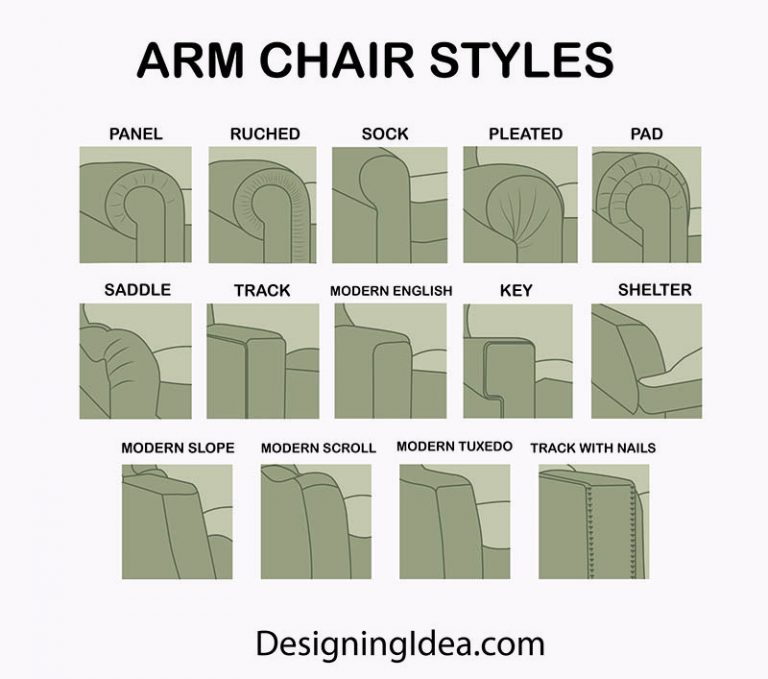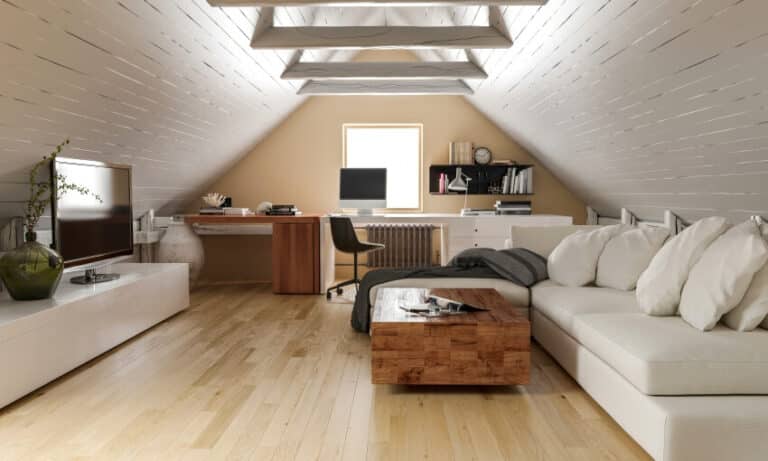What Are The Best Ways To Decorate A Side Table? Designer Tips

Side tables combine functionality with elegance and can be featured as focal points to enhance a space’s aesthetic. There are endless ways to decorate a side table, which allows you to incorporate personal expressions. The location of side tables is essential in the design concept since this will improve their functionality and help enhance the room’s visual appeal.
Designer’s Tips for Styling Side Tables
Visual balance is the most important design concept when styling your side table. Arranging your decorative display in varying heights and dimensions creates contrast and adds visual interest. Since end tables usually come in pairs, a visual balance needs to be observed.
Visual Balance
To achieve the balance between the two tables, place a tall decorative item on one side and balance it with short or small displays on the other side, for a sophisticated and elegant aesthetic. The proportion between the size of the objects on the table’s surface, and the size of the table itself is an essential factor to observe when decorating and styling.
Designer tips: Use the “60-30-10” rule when styling pairs of tables – 60% substantial pieces, 30% medium items, 10% small accents. Experiement with heights by positioning tallest decorative elements at maximum 1.5x the height of the table surface.

Mastering Proportions and Scale
Select items proportionally scaled to your table. Small side tables call for fewer items or one unique decorative piece that can be the space’s centerpiece. Large side tables, on the other hand, can handle several decorative items provided you group these items cohesively and proportionately to one another.
Industry standard: Follow the “rule of thirds” vertically – divide your styling height into three zones and leave 25-30% of table surface visible for proper breathing room.
Creating Impactful Focal Points
Another key principle to apply to decorating side tables is creating a focal point. Display unique personal items such as an antique desk clock, a candle holder with intricate design, or an eye-catching sculpture that will enhance the aesthetic vibe of your living space. Arrange smaller items around your centerpiece using a decorative tray. Layer the items while keeping balance and creating a cohesive design concept that will draw attention to your centerpiece.

Designer secrets: Position focal pieces slightly off-center (about 2 inches) for a more organic, and curated look. In addition, use odd numbers of supporting elements (3 or 5) around a central focal piece.
Blending Materials and Textures
Blending different textured materials, such as wood, glass, metal, and fabric, can give your decorative items new dimensions and enhance their depth. To achieve intensity and character when decorating your side tables, try pairing hard and soft elements that create a beautiful contrast. Try arranging a small glass bowl with decorative stones on a wooden tray, this creates an inviting and sophisticated vibe to the space. Pairing a metal candle holder beside a wooden bowl or displaying a glass terrarium with a soft fabric mantle softens glass or metal elements.
Professional ratio: Balance using 70% of solid material decor pieces with 30% transparent or reflective elements.
Strategic Color Coordination
When choosing decor pieces, always consider how their colors work with your room’s overall design scheme even if you use different textures. Keeping the colors cohesive ties everything together and helps create the perfect ambiance. Let your room’s overall color palette guide you in displaying items for your end table. Draw inspiration from decorative elements like your area rugs, curtain patterns, or wall art. Reflect these colors in small decorative pieces such as candles, ceramic jars, terracotta pots, plants, or flower arrangements. You may also want to try pairing items in darker tones with lighter accents to achieve an elegant contrast.

Industry standard: Pull 2-3 secondary colors from room’s existing color palette for table styling.
Pro technique: Bring in at least one metallic element to add depth without introducing new colors to the theme.
Seasonal Adaptation
Decorating means enhancing the appearance of a space, piece of furniture, or ambiance by incorporating various elements creating a more interesting and personalized atmosphere. You can also align your decorations with seasonal themes and replace them as the seasons change. Doing so will keep your room’s ambiance feeling fresh, festive, and full of personality.
Potpourri, candles, essential oils, or diffusers are perfect ways to bring in seasonal scents for a subtle application of fragrances. Seasonal scents like pumpkin spice and pine oils for autumn and cinnamon-scented candles for the holiday season. Lavender and sandalwood scents promote calmness and relaxation while vanilla and woody fragrances evoke warmth and lemon, orange, or peppermint scents are refreshing and revitalizing. Make sure there is consistency and stick to one fragrance because aromas can be overpowering. It is also important to maintain continuity, keeping a timeless decorative piece like a stylish ceramic vase or a classic wooden tray that makes every seasonal change feel reflective.
Now that you have a better understanding of the importance of visual balance, dimension, texture, and color scheme in choosing decorative items for your side table, you will be able to incorporate your unique style without compromising the purpose of the design element. Seasonal décor and small decorative objects offer personal touches that can make a statement and improve the ambiance in your home, especially when displayed as focal points.
Matching With The Coffee Table
When picking out a coffee table to go with the others, you want them to coordinate while still having their own distinct flair. It can be tricky trying to figure out the right balance. As an interior designer, let me walk you through the key things I consider when helping clients design their living rooms.
First, don’t feel like the tables need to perfectly match. In fact, creating some thoughtful contrast between them adds visual interest and a bit of edge to your space. I usually aim for about 60% material consistency between the tables, with 30-40% intentional variation. For example, you could do a marble coffee table with brass legs, and rattan side tables with black metal frames. They have differences that make each piece stand out, but still share some common threads that tie them together.
Scale and height are other important factors. The coffee table should take center stage as the anchor, so keep it a touch stockier than the side tables. A good rule of thumb is maintaining a maximum height difference of 2-3 inches between them. And make sure your side tables are within about 2 inches of the height of your sofa seat – that way they’ll be at a comfortable arm’s reach.
When it comes to style, sharing at least one main design detail is key to achieving cohesion. With a more modern aesthetic, you can use contrasting materials but in coordinated colors. Or for traditional spaces, your wood tones can vary while your decorative accents match.
Managing Space and Composition
When styling side tables, mastering the art of negative space is crucial for achieving a polished, professional look. The empty space between decorative elements serves as a visual breathing room that prevents the arrangement from appearing cluttered or overwhelming. Position your decorative items with intentional spacing – typically leaving 2-3 inches between pieces allows each element to stand independently while maintaining a cohesive grouping. For optimal visual flow, arrange items in triangular or asymmetrical patterns rather than straight lines, as this creates natural movement for the eye to follow.
Consider the table’s viewing angles when planning your arrangement. Since end tables are often visible from multiple perspectives, ensure your spacing works from various viewpoints. A common designer’s technique is the “rule of thirds” – divide your table surface into a mental grid of nine equal squares and position key decorative elements at the intersection points of these lines. This creates naturally balanced negative space that draws attention to your chosen focal points while maintaining an uncluttered appearance.
Industry measurement: Maintain minimum 2-inch spacing between objects for proper visual breathing room
If you’re looking to achieve a sense of elegance, comfort, or a striking visual element in decorating your side tables, try applying these designer tips and ideas next time you decorate your living space. We are sure that it will leave every guest captivated and feel welcome.






